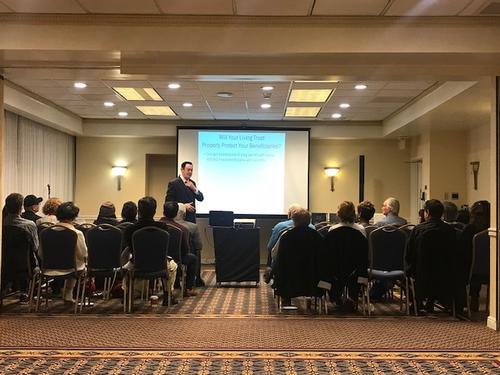The second trust is called a Charitable Lead Annuity Trust (CLAT). This is the same thing as a GRAT, except that the annuity payments go to charity.
When looking at these trusts, the IRS establishes an interest hurdle.
Any growth below the hurdle goes to them. Any growth over it, goes to the beneficiaries. That means when interest rates rise, the trust beneficiaries get more.
GRATs and CLATs are complicated trusts that must be handled in specific ways to pass IRS review.
An estate planning attorney can advise you in creating an estate plan that fits your unique circumstances, which may include protection from higher interest rates.












